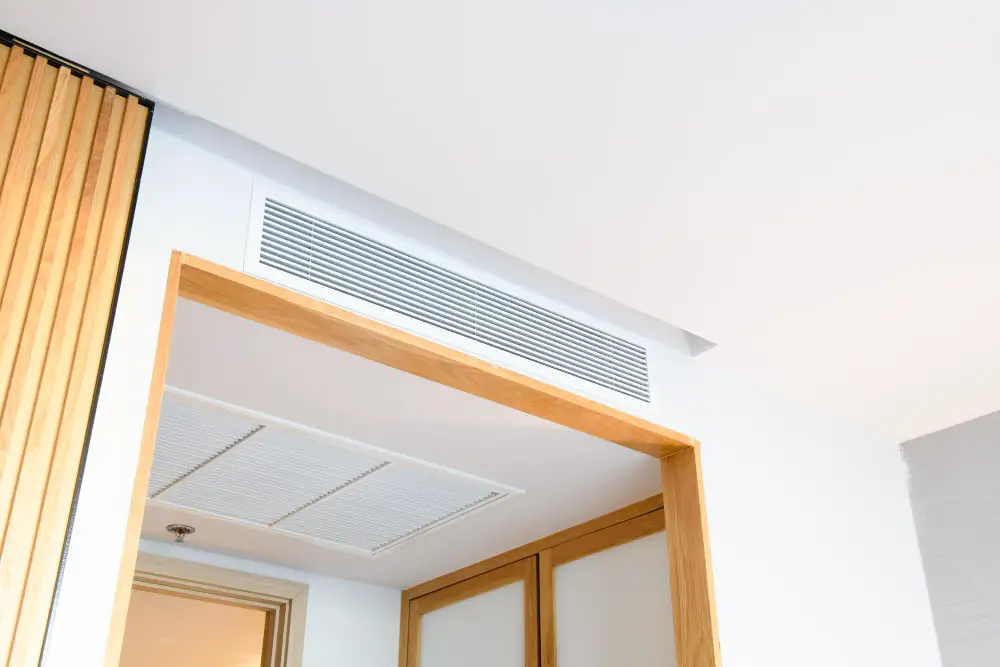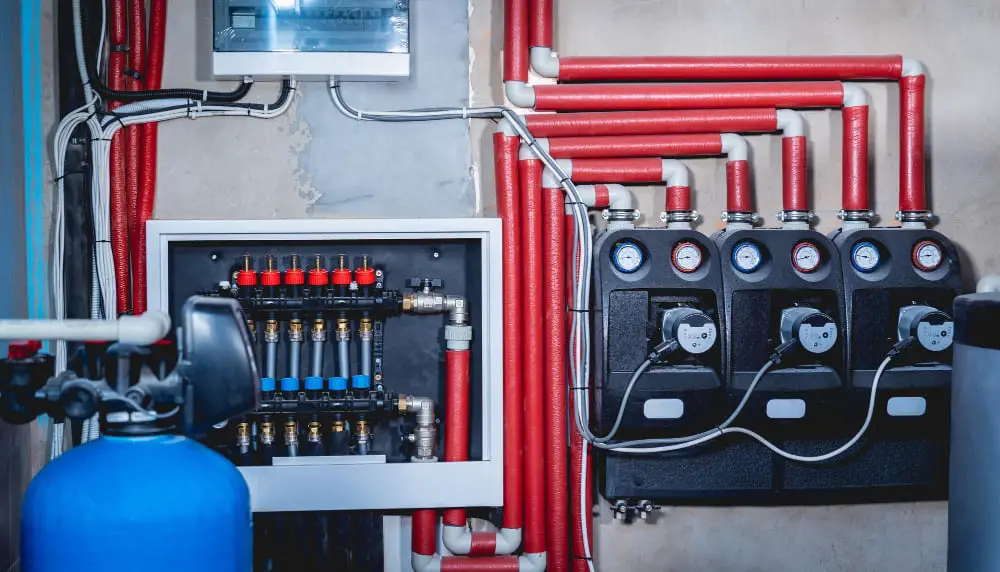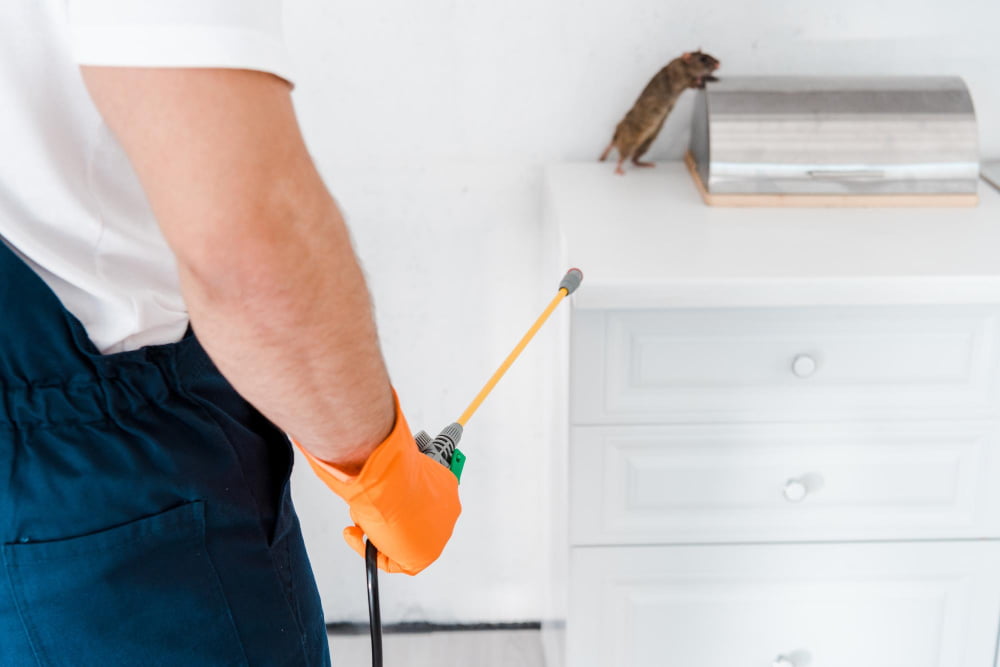Last updated on
In today’s world, where we spend a significant amount of time indoors, ensuring the air quality in our homes is paramount to our health and well-being. Poor indoor air quality can lead to a myriad of health issues ranging from allergies and respiratory problems to more severe conditions like asthma and even cardiovascular diseases.
Fortunately, there are several effective methods to improve the air quality in your home, ensuring a healthier and more comfortable living environment for you and your loved ones.
Proper Ventilation

Proper ventilation is essential for maintaining good indoor air quality. Ensure that your home is adequately ventilated by opening windows and doors whenever possible, especially when cooking, showering, or using household cleaners. Installing exhaust fans in kitchens and bathrooms can help remove excess moisture and pollutants from the air. Additionally, consider investing in a whole-house ventilation system to ensure a constant supply of fresh air throughout your home.
Air Purifiers
Air purifiers are highly effective at removing airborne contaminants such as dust, pollen, pet dander, and mold spores from indoor air. There are various types of air purifiers available on the market, including HEPA filters, activated carbon filters, and UV-C light purifiers.
Choose a purifier that best suits your needs and place it in commonly used areas such as the living room or bedroom for maximum effectiveness. Additionally, consider investing in a bathroom air purifier to maintain air quality in often overlooked spaces. Remember to regularly clean or replace the filters as recommended by the manufacturer to maintain optimal performance.
Control Humidity Levels

Controlling humidity levels is crucial for maintaining good indoor air quality and preventing the growth of mold and mildew. Use a hygrometer to monitor humidity levels in your home, aiming for a range of 30% to 50%. If humidity levels are too high, use dehumidifiers to remove excess moisture from the air.
Ensure proper ventilation in areas prone to moisture buildup, such as bathrooms and basements, and promptly repair any leaks or water damage to prevent mold growth. Conversely, if humidity levels are too low, consider using humidifiers to add moisture to the air, especially during the dry winter months. Finding the right balance of humidity can help create a more comfortable and healthier indoor environment for you and your family.
Indoor Plants
Indoor plants not only add a touch of greenery to your home but also help improve air quality by absorbing carbon dioxide and releasing oxygen. Certain plants, such as snake plants, peace lilies, and spider plants, are particularly effective at filtering out common indoor pollutants like formaldehyde, benzene, and trichloroethylene. Place a variety of indoor plants throughout your home to enhance air quality and create a healthier living environment for you and your family.
Eliminate Sources of Pollution
Identifying and eliminating sources of indoor pollution is crucial for improving air quality in your home. Common sources of indoor pollution include tobacco smoke, household cleaners, paint fumes, and volatile organic compounds (VOCs) emitted by furniture and building materials. Opt for natural cleaning products and low-VOC paints when possible, and designate smoking areas outside the home to minimize exposure to harmful pollutants.
Maintain Cleanliness
Regular cleaning and maintenance are essential for keeping indoor air clean and fresh. Vacuum carpets and rugs frequently use a vacuum cleaner equipped with a HEPA filter to trap dust and allergens effectively. Dust surfaces, including furniture, shelves, and electronics, with a damp cloth or microfiber duster to prevent particles from becoming airborne.
Wash bedding, curtains, and upholstery regularly to remove dust mites and other allergens. Additionally, ensure that your HVAC system is clean and well-maintained to prevent the circulation of contaminants throughout your home.
Monitor Indoor Air Quality
Monitoring indoor air quality is key to identifying potential issues and implementing necessary measures to improve it. Consider investing in an indoor air quality monitor that can measure various pollutants such as particulate matter, volatile organic compounds, carbon dioxide, and humidity levels. Regularly check the monitor’s readings and take appropriate actions, such as adjusting ventilation or using air purifiers, to maintain healthy indoor air quality levels.
Improving the air quality in your home is essential for creating a healthy and comfortable living environment for you and your family. By following the tips outlined in this guide, including proper ventilation, using air purifiers, incorporating indoor plants, eliminating sources of pollution, maintaining cleanliness, and monitoring indoor air quality, you can significantly enhance the quality of the air you breathe indoors.
Remember that small changes can make a big difference when it comes to indoor air quality, so take proactive steps to ensure a healthier home for years to come.
Recap




